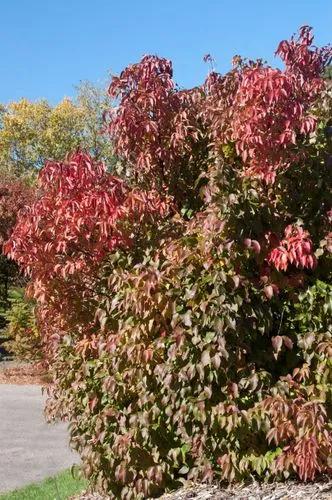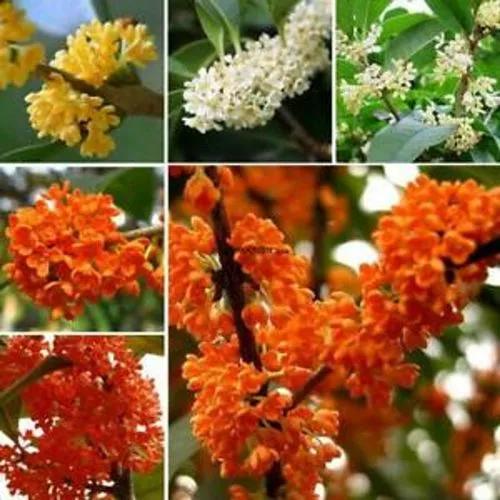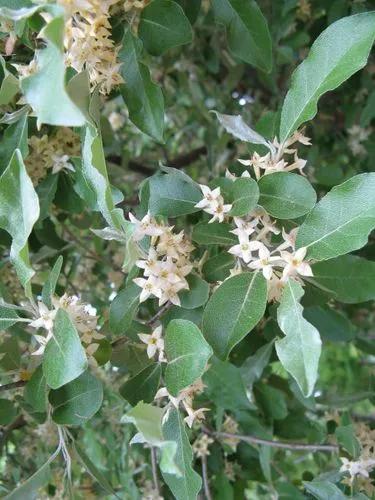Clusters of honey-scented, greenish-yellow flowers will fill the air with their perfume in late winter and early spring. Perhaps less showy than the pink-flowered varieties, it still looks wonderful under-planted with a carpet of buttercup-yellow winter aconites - and the scent is divine! It's a compact, semi-prostrate, evergreen shrub that is perfect for shady areas of a shrub border or woodland garden.
Spurge-laurel Care
Daphne Laureola



Invasive in Eurasia and Northern Africa.
How to Care for the Plant

Water

Planting spurge is best in fall to favor root development before winter and thus growing back in spring. you can also plant it up to spring but avoid frost spells. if you're planting in spring, you'll need to remember to water more often over the 1st year. the soil must be rich and drain well.

Pruning

Just remove dead leaves and stems.

Fertilizer

Universal fertilizer is granular and mineral product intended for fertilization of all types of garden cultivations. Its balanced content is suitable both for fruit trees, fruit bushes, vegetables and ornamental plants. The even composition of individual elements makes the fertilizer universal.

Sunlight

In most cases, plants receiving no outdoor light should be lit from 16 to 18 hours each day. If some additional light is received, 12 to 14 hours each day may be adequate. Lights should be used at the same time that plants receive window light.

Soil

A loam soil contains a nice balance of silt, sand, and clay along with humus.

Temperature

Hardy through most of the UK apart from inland valleys, at altitude and central/northerly locations. May suffer foliage damage and stem dieback in harsh winters in cold gardens. Plant can withstand temperatures down to -10°C (14°F)

Container

Use a ceramic porous pot with a good drainage.

Additional

All parts of the plant are poisonous. Skin contact with the sap can cause dermatitis in some people

Popularity

1,847 people already have this plant 270 people have added this plant to their wishlists
Discover more plants with the list below
Popular articles






